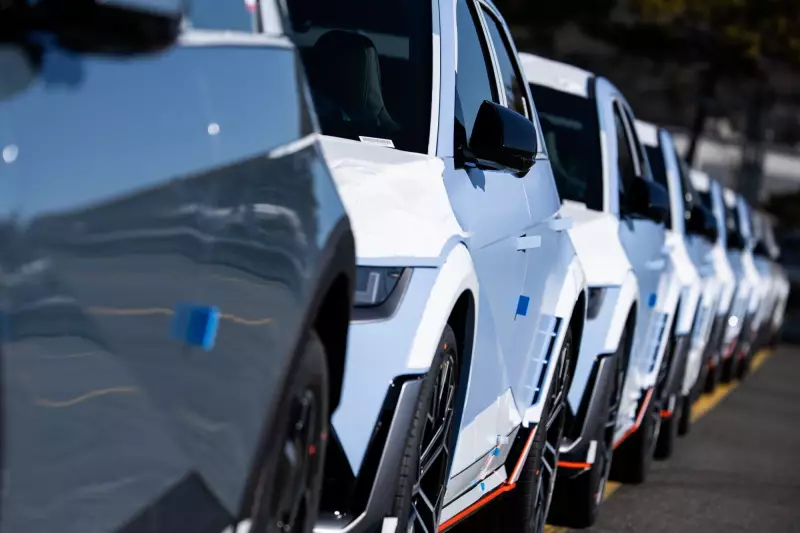
Canada's journey toward an electric vehicle future appears to be hitting an unexpected roadblock. Recent data reveals a concerning trend: the once-accelerating EV market is showing clear signs of slowing down, raising questions about consumer confidence and the nation's green transportation ambitions.
The Numbers Tell a Story
According to industry analysis, electric vehicle sales growth in Canada has noticeably decelerated. While EV adoption continues to increase year-over-year, the rate of growth has substantially decreased compared to the explosive expansion witnessed in previous years. This slowdown comes despite generous government incentives and increasing model availability from automakers.
What's Causing the Brakes to Apply?
Several factors appear to be contributing to this market cooling:
- Charging infrastructure concerns remain a significant barrier for many potential buyers
- Higher upfront costs compared to traditional vehicles continue to deter budget-conscious consumers
- Range anxiety persists, particularly for those in colder regions and rural areas
- Economic uncertainty and rising living costs are making large purchases more daunting
The Government's Ambitious Timeline
This slowdown presents a challenge to Canada's ambitious climate goals. The federal government has mandated that all new light-duty vehicles sold must be zero-emission by 2035, with an interim target of 60% by 2030. Current trends suggest meeting these targets will require significant market acceleration in the coming years.
Industry Response and Adaptation
Automakers and dealerships are responding to the shifting landscape. Many are:
- Increasing education efforts about EV ownership benefits
- Expanding test drive opportunities and experiential marketing
- Working with governments to improve charging infrastructure
- Developing more affordable EV models to reach broader markets
The Road Ahead for Canadian EV Adoption
While the current slowdown raises concerns, industry experts emphasize that this doesn't signal the end of Canada's electric transition. Rather, it may represent a market maturation phase where early adopters have made their purchases, and the industry must now convince the more cautious mainstream consumer.
The coming years will be crucial in determining whether Canada can reignite EV sales growth and stay on track with its environmental commitments. With continued innovation, infrastructure development, and potentially new incentive structures, the electric vehicle revolution may yet find its second wind.





